

Here’s a quick story for you. Last Friday, a man named Jim called a car dealership to buy a new car. The salesman tells him, “I will get back to you in the next 48 hours”. Two days pass, and on Sunday, Jim receives a call from the salesman. Jim tells the salesman that he is no longer interested because he had already purchased a car from another dealership that responded faster.
Have you experienced this before? Keep reading to learn the significance of lead response time and tactics to help improve your strategy.
What is Lead Response Time?
Lead response time is the amount of time it takes a sales rep to follow up with a new lead after they have submitted a form, downloaded an eBook, or acted on another type of CTA.
How Fast Do Businesses Respond?
Unfortunately, businesses do not respond quick enough to leads. In fact, The Harvard Business Review did a study involving 2,241 US companies, calculating how long each one took to follow up with a new lead. Here’s what they found:
You may be thinking, “Meh it’s JUST 42 hours.” Well, guess what can happen within those 42 hours if you fail to respond to your new leads?
Causes of Slow Lead Response Time
Before we jump into the tips and tricks, it’s good to understand the possible root causes of slow lead response time. These reasons may be preventing your organization from closing more leads:
The Importance of Improving Lead Response Time
Picture this – when you walk into a store to purchase something and do not receive the assistance you need on time, do you wait for hours or do you try a different store? Of course, you would choose the second option! With that being said, let’s dive into how having a fast lead response time improves business!
1. Provides a Positive ROI
The importance of lead response time is evident when looking at ad spend. If your company decides to spend around $400 per week on YouTube lead form ads, but your sales team doesn’t follow up with users who filled out the form. Essentially, you’re giving your leads to your competitors and wasting $400 of your ad spend!
2. Increases Customer Loyalty
The first interaction a customer has with your business needs to be a good one. Prospects assess your response speed to decide the type of customer experience your brand offers them. In fact, 88% of leads expect companies to respond to them within an hour, and 30% say they want to hear back from companies within 15 minutes. By having a fast lead response time, you display customer prioritization, enhancing a positive customer experience.
3. Increases Conversion Rate
Responding to leads within the first minute can result in a 391% increase in conversion rate. This is crucial as the quality of a lead decreases over time. Research by InsideSales.com states that 35-50% of buyers choose businesses that respond first to them. Want that 35-50% increase in conversion rate? Then it’s time for you to develop a fast lead response time for your customer success strategy.
How to Improve Your Lead Response Time
Now you know how important fast lead response time is for your business. But how can you put that knowledge into practice?
1. Target the Right Leads
The first step in getting good leads is to target the right people. When advertising, ensure to pick the right keywords, interest groups and behavior. Using advanced targeting features can also help you target a specific audience group that fits well with the purpose of your ads. For instance, the Google Display network provides various advanced targeting options such as placement targeting, topic targeting, and much more.
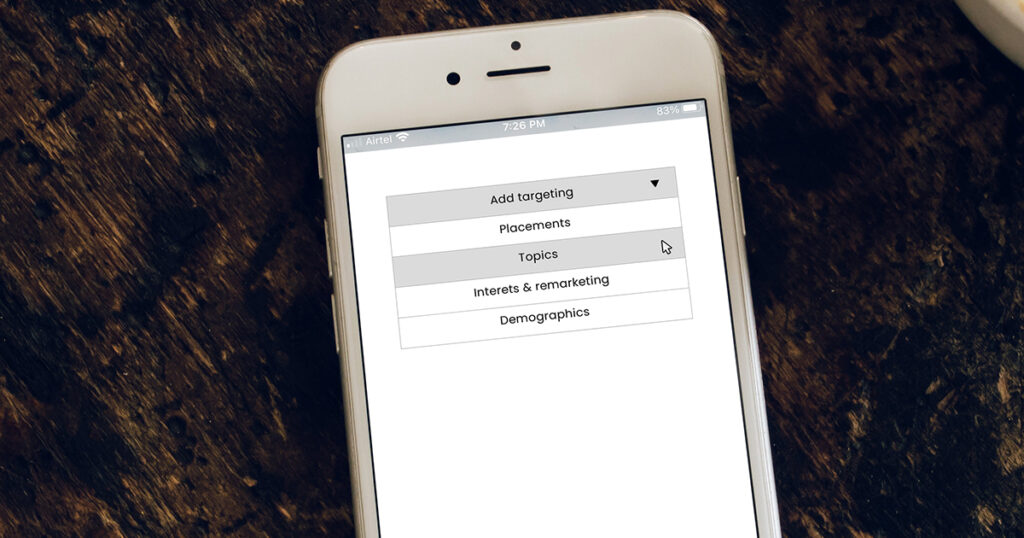
2. Make Your Forms Easy to Fill Out
Have you ever filled out a form to register for an event? Or simply download a white paper and ended up having to fill more than 10 fields? It drives you crazy, doesn’t it? Make sure your leads don’t have to experience that as well. You can do this by limiting your fields to 3-5. Anything more than that can negatively affect your conversion rate. In fact, research by Formstack reveals that decreasing the number of fields to less than 4 can boost your conversion rate by up to 160 percent.
If you intend to use font sizes that your eyes cannot see, don’t include them! The use of small texts can discourage leads from filling out the form as they will have trouble viewing the questions. Refrain from using smaller font sizes and stick to using bolder and bigger texts.
Autofill forms are another recommended practice. Facebook, Google, LinkedIn and many other social network platforms implement this technique into their lead forms. Through taking information from users’ social accounts, these lead forms pre-fill certain sections such as name, email, phone number and postal code, making it easier for the user to submit the form without wasting their time. Growvare helps you run lead form ads on Google, LinkedIn, Facebook, or even on your own website!
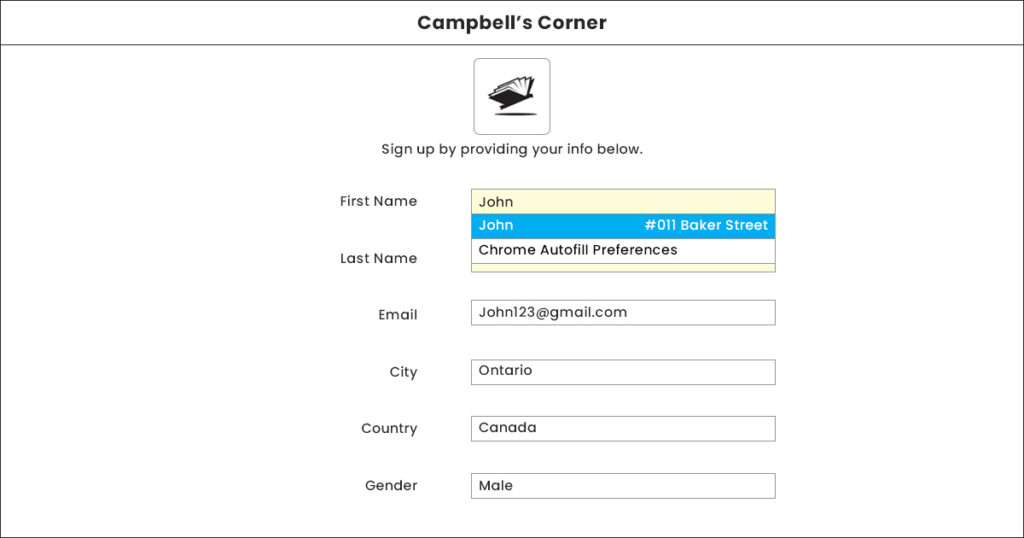
3. Figure Out Your Leads’ Preferred Contact Method
Whether it’s a phone call, email, text message or social media, every lead has a preferred method of communication. Use trial and error to learn which contact method is favoured by your leads. Phone calls usually enhance communication between your team and your leads, being preferred by 62% of customers. But with that being said, it may depend on the industry and demographic of your customer.
To see what users are doing on your site, you would want to pay close attention to your lead form or website analytics. Platforms such as Facebook, Google, and LinkedIn will give you the right analytics to track your leads’ activity. Growvare allows you to see all the analytics for all your ad platforms in just ONE place! Click here to see more!
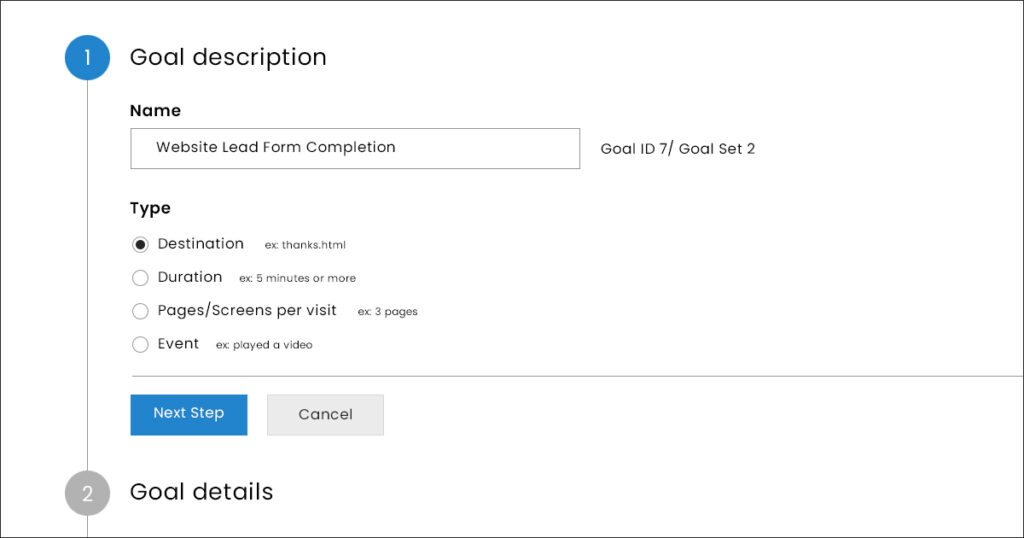
4. Prioritize Leads Based on Behavior
Not all of the leads that you receive are going to be equally as valuable. For instance, a lead who downloads a white paper or brochure won’t be as likely to convert than a lead who fills out a contact form. Prioritize these hot leads first! To help you and your sales team know which leads are most important, assign a number for each lead: 3 for downloads, 2 for email opt-ins, and 1 for contact forms.
5. The 5-Minute Rule
A study done by Lead Response Management states that sales teams are 21 times more likely to gain qualified leads when responding in under 5 minutes.
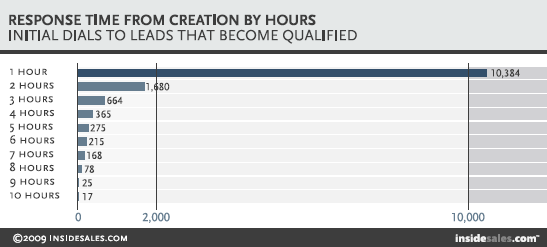
Let’s take a look at this study by Insidesales.com. Notice the decrease in leads acquired as the hours increase. If you were to reach out to your leads 10 hours after they sent in their form you only qualify 17 out of the 10,384. Ouch…that’s a loss of 10,367 qualified leads.
Bottom line: The quicker you respond, the more you’ll close deals.
With DNA, Instant Lead Alerts are sent to the right people in your company, depending on the source of the lead – a lead form or an ad campaign. This greatly improves the chance that they can reliably beat the 5-minute rule, and reach new leads when they are the most interested.
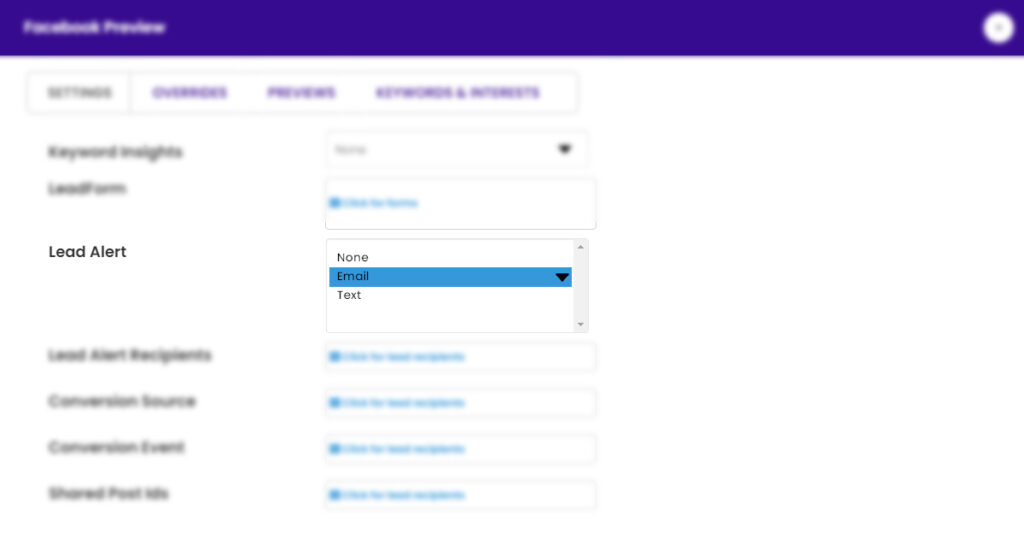
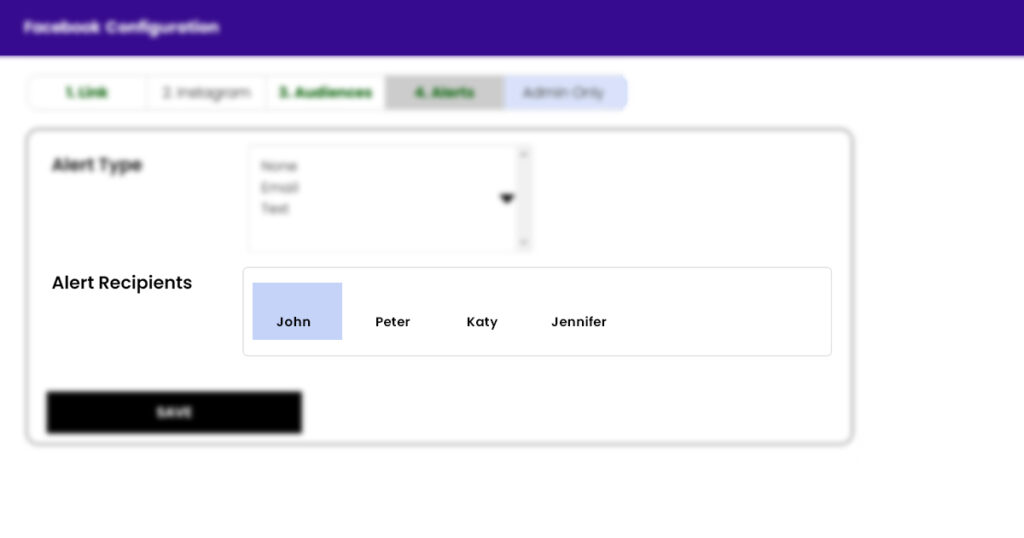
You can’t improve your lead response time without monitoring it! Set a baseline data to better prioritize your goals. One way for you to set a baseline is to anonymously browse your site. Fill out the contact form and calculate the time it takes for your sales team to get back to you. Take note of how many times they try to reach out to you (do they follow up once and give up? Or follow up multiple times?) and what method of communication they used to respond.
Introducing Instant Lead Alerts!
Lead response time is crucial for B2B businesses and plays a huge role in closing deals. With Growvare’s ‘Instant Lead Alert’ feature, you can close leads more efficiently by responding to them quicker while your business is still fresh in their minds! Book a meeting with us to find out more!
(available during EST office hours)